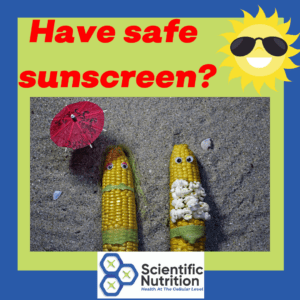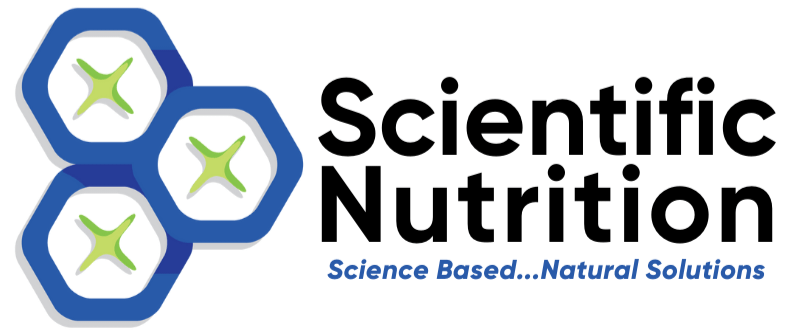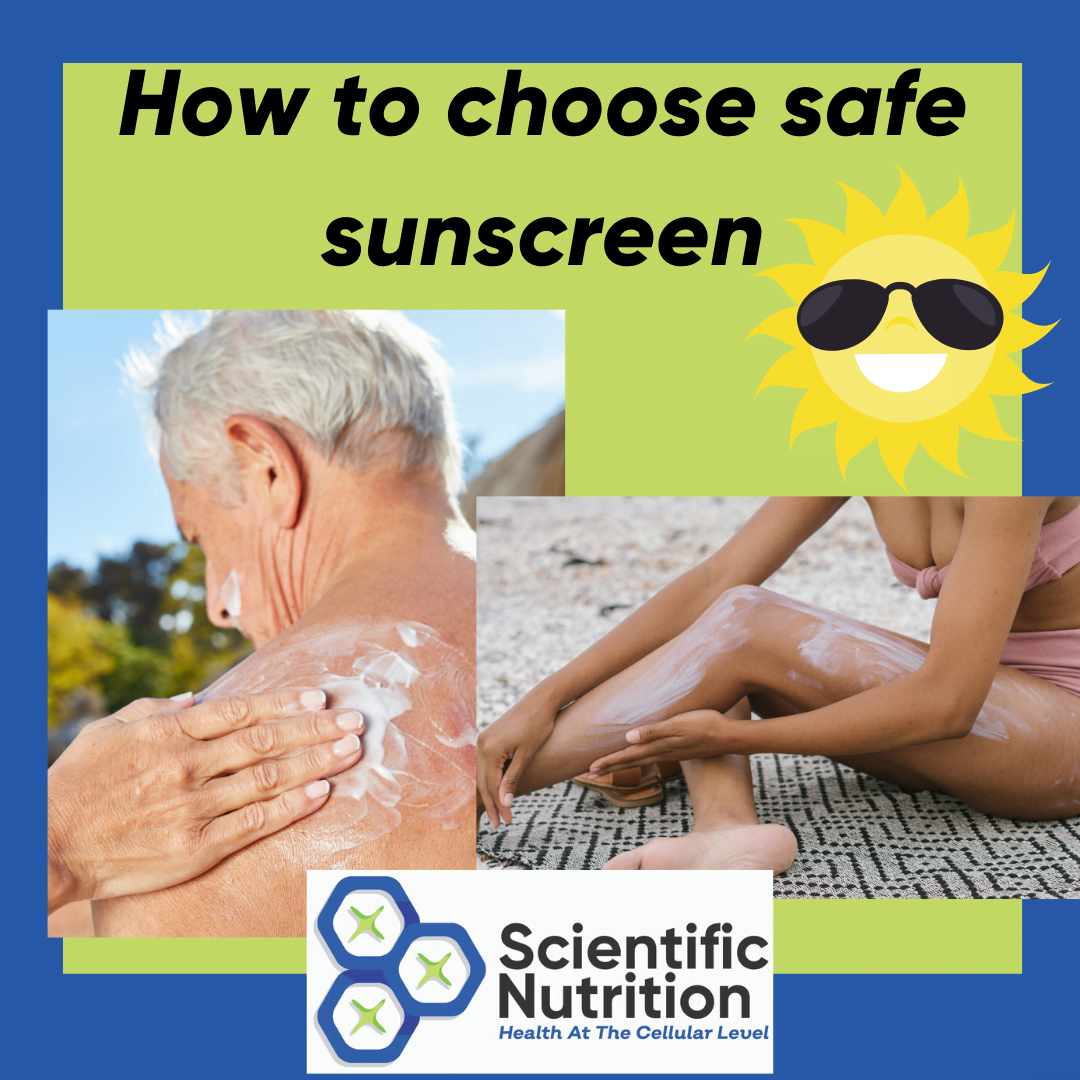What are the risks if you don’t use sunscreen or a natural sunscreen?
In 2021 over 106k Americans will be diagnosed with melanoma, a common malignancy. It is estimated 7,180 will die from it even though the rate of survival for an average person of 5 years is 93%. The survival rate is almost 99% survival if detected early. The rate of diagnosis is highest in California around 11,500, Florida at 9,700, Ohio at 4,610 and Texas at 4,600. Prevention is key!
In the past 40 years, melanoma diagnosis has increased 8-fold in and 4-fold in men. Even non-melanoma skin cancers have risen, affecting over 3 million people. Basal cell carcinoma is more common than ALL other human cancers combined but melanoma is the most deadly. We all put sunscreen on at the beach but often forget 80% of ultraviolet light passes through moderate cloud cover.
Melanoma occurs when damaged DNA in skin cells that have mutated, rapidly multiply to form a malignant tumor. It can form in the ears, eye, mouth, nose, and on any skin surface. Getting and exam by a trained dermatologist who can see the scalp and inspect closely is very important. Although melanoma is approximately 4% of all cancers, when it metastasizes, it is responsible for the greatest number of skin cancer deaths [1].
We have specialized immune cells in our skin to protect us from pathogens and the formation of cancers that are destroyed by UV rays. Accelerated aging is due to the breakdown of elastin and collagen eroded by the UV rays as well. Protecting our skin is important but doing so safely is necessary.

How can you choose sunscreen protection or SPF level?
This can be tricky! As we know UV damage can cause skin cancers but so can the chemicals that are found in commercial sunscreens. Many of them are listed in the Environmental Working Group.
SPF means the product blocks the UVB rays that can burn your epidermis skin layer. However, it doesn’t block UVA radiation which makes up 95% of the ultraviolet radiation. This UVA goes deeply into the skin where cancer begins and causes aging in the appearance of your skin.
A product with an SPF of 45 is only 4.5% stronger than SPF 15, not 3X as much protection. A sunscreen of SPF 100 will provide only 1% more protection than one with an SPF of 50[2].
According to a product review in 2016, ¾ of sunscreens has “worrisome ingredients”. Some 70% contained oxybenzone, which when exposed to sunlight will generate Reactive Oxygen Species or ROS which leaves free radicals around for cancers to grow upon [3].
Why do we need Vitamin D from natural sunshine?
Many diseases have a decreased risk when you are at ideal levels of Vitamin D including stroke, diabetes, peripheral arterial disease (PAD), congestive heart failure, high blood pressure, a higher risk for heart attacks, and links to cardiovascular disease. There is even clinical evidence showing UV radiation that naturally comes to us from the sun can obliterate the novel Coronavirus.
What is the difference between UV rays?
UVA rays come to us in wavelengths ranging from 315-400 nanometers. Studies show that UVA penetrates our skin at a much deeper level than the UVB. It makes up 95% of the UV energy that reaches us versus 5% from UVB.
UVB rays travel in wavelengths of 280-315 nanometers. These are the ones we need to avoid from 2-4pm as they are at their strongest. UVB is responsible for causing sunburn to our superficial layer of skin.
UVC wavelengths travel from 100-280 nanometers. They don’t affect our skin as they are absorbed by the ozone layer.
Which toxins are in over the counter sunscreen?
Although we want to block the damaging rays, we need to be conscious of the enormous amount of chemicals within commercial sunscreen.
Some of the most harmful include:
- Oxybenzone is the worst of them all. It can be responsible for skin allergies, eye irritation, affecting estrogen production in women, testosterone in men, metabolism, reproduction, sexual function, thyroid dysfunction, and even coral reefs. It is found in plastics and toys, in any case it has no place on our skin as it is linked to causing cancer.
. - Octabenzone or Benzophenone or Sulisobenzone cause cancer and are endocrine disruptors. It is toxic to your organ system and is in lip balms and nail polish as well. They dramatically slow your metabolic activation.
. - Fragrance can be listed generically or specifically in any form of Paraben, Triethanolamine (TEA), and Retinyl Palmitate (synthetic Vitamin A).
. - Octinoxate can cause skin reactions, inflammation, acne, change uterus size, lower sperm counts, and is an endocrine disruptor.
. - Homosalate can disrupt hormone production and will accumulate in the body. It absorbs the short-wave UVB linked to DNA damage as well as increases skin cancer risk.
. - Methyl Anthranilate may irritate your skin, alter reproduction, is a neurotoxin, categorized as a mutagen, and toxic to aquatic life forms.
. - Phenylbenzimidazole or Ensulizole produces the Reactive Oxygen Species mentioned that trigger mutations, cell death, disrupt cellular communication, and may be linked to cardiovascular disease.
. - Padimate O may trigger skin rashes or irritations, acne, and inflammation of the hair follicle. It has had contamination concerns, change cellular levels as well as an endocrine disruptor.
. - Octyl Salicylate can cause allergies and have some immune toxicity.
. - Cinoxate can but rarely cause severe allergic reactions, itchy/swollen tongue, trouble breathing, and dizziness.
. - Para Amino Benzoic Acid / Padimate O/PABA can cause vomiting, nausea, loss of appetite, diarrhea, and stain clothing.
. - Methoxycinnamate is considered to only be 70% safe as it is linked to immunotoxicity, biochemical mutations, cell death, or apoptosis when exposed to sunlight and allergies.
What else should I avoid in sunscreen?
Nanoparticles can generate free radicals when they are very easily absorbed into the skin, swallowed in lip sunscreen damaging the gastrointestinal tract or inhaled into the lungs. Powders with SPF or sprays are among the highest to avoid.
The synthetic form of vitamin A is called retinyl palmitate, retinol, retinyl linoleate, or retinoic acid. It can accelerate skin growth and when exposed to sunlight can form free radicals that cause gene mutations along with damaging DNA. Synthetic vitamin A speeds the development of cancerous tumors on UV-treated animals [4]. It may also be toxic to growing fetuses.
The FDA (Food and Drug Administration) finds blood levels well above safe amounts of these toxins, yet they advise us to slather on more of it and more frequently! Even breast milk can carry these toxic chemicals into infants. Many of them, as you can see, disrupt thyroid and reproductive hormones such as estrogen, testosterone, androgen, and progesterone. In adults, they can also increase the incidence of breast cancer.
In addition to being harmful to humans, multiple studies have linked sunscreens to destroying delicate ocean ecosystems and massive coral reefs. Hawaii is now banning the usage and imports of many sunscreens to protect its coastal waters.
How can I protect myself from skin cancer naturally?
For decades we have been told to slather on sunscreen to block harmful UV rays but the EWG – Environmental Work Group, has found 75% of sunscreens contain harmful chemicals. When exposed to the sun, the compounds in our body produce ROS (Reactive Oxygen Species). This ROS causes irreversible damage to our DNA and cells resulting in oxidative stress which can be measured in your Hair Analysis Results.
Chemical sunscreens deactivate our antioxidant systems and increase free radicals that can damage cells leaving them open to disease or illness.
Some of the ways you can protect yourself from sun damage:
- Use natural sunscreens without the chemicals found in commercial sunscreens.
- Wear light layers of clothes if possible, to block rays.
- Wear a wide-brimmed hat when out for long periods to shade your face and ears.
- Wear UV-blocking sunglasses when out in the sun for over 30 minutes. We do absorb the sun through our eyes to convert to Vitamin D as well so some exposure is good.
- Eat an antioxidant-rich diet.
- Take a product that works to eliminate oxidative stress or ROS such as Protandim.
- Read your medication warnings carefully as they can have interaction with sunlight. Products such as tetracycline, chlorpromazine, and sulfa drugs.
Newer formulas block the full spectrum with plant extracts and reversing solar-induced skin damage caused by ultraviolet radiation. Solar rays also induce skin damage including wrinkles with a loss of elasticity, dryness, mottled pigmentation, spider veins, a leather-like appearance to the skin, and precancerous lesions.
What nutrients or minerals can help to protect against sun damage to my skin?
–Selenium is a trace mineral that has been shown to help in protecting your skin against UV radiation, oxidative damage to the skin to protect you up to 80% against breast and prostate cancer. This is another reason why I look at selenium levels to get as close to ideal as possible on my client’s Hair Analysis results. Implementing supplements with 400mcg daily is perfect and can also be easily met by eating 1 ounce of Brazilian nuts every other day.
–Licorice root is an anti-inflammatory, antiviral, and anti-ulcer supplement. It can help in blocking the growth of melanoma cancer cells. This tasty root can be protective and help to negate inflammation in the skin and in detoxifying the liver. Aveda makes a great tasting Comfort Tea however it’s important to realize you need to introduce it slowly so it doesn’t cause too much fatigue while detoxifying the liver.
–Milk Thistle or Silymarin is an immune-enhancing, anti-inflammatory, and anti-oxidant. When used as a topical agent, it can block DNA damage. We have a P53 gene that can protect us which enhances further with the Milk Thistle. It also repairs damaged DNA caused by UVB radiation.
–Oat Beta-glucans can permeate deeply into the layers of the skin to promote cellular repair and encourage collagen synthesis to such a degree it has been shown to restructure our tissue. In time, it can reverse wrinkling significantly.
–Green Tea Extract contains a polyphenol (EGCC) that when applied topically is proven to prevent skin cancer on lab animals. It negates UV radiation damage, helps to maintain immunity, and repairs DNA. EGCC prevents photoaging when taken orally in addition to boosting weight loss but best topically for skin protection.
What plants can help?
–Plants such as Rosemary which produces ursolic acid stops ROS in your skin cells and prevents UVA ray damage. In a study done on Rosemary Extract, it was shown to block cancerous melanoma cells with the ursolic aid along with inhibiting tumor growth by 99% when applied topically[5].
What are some brands that are non-toxic and natural sunscreens for the whole family?
- Thinksport Kids Body & Face sunscreen stick, SPF 30+
- UV Natural Baby Sunscreen Lotion, SPF 30+
- Adorable Baby Sunscreen Lotion, SPF 30+
- 365 Everyday Value Mineral Sunscreen Sport Lotion, SPF 30+
- SunBioLogic Raw Coconut Sunscreen Face & Body Sunscreen Lotion, SPF 30+
- Shade Factor SPF 30+
- Kiss My Face Organics
- Butterbean Organic
- Raw Love
- Natural Tone
- Avasol
- Tropic Sport
- Adorable Baby
- Liquid Aloha, Wholesome Home
- Raw Elements (for sports)
- Badger
- Think Baby
- Kabana Tinted (for ladies faces)
- Dr. Mercola Healthy Skin Sunscreen SPF 30
Ideally you want to look for a product that has FDA approval and contains NO Vitamin A. Of course, it should go on easily, contain anti-oxidants, and have 80 minutes of water resistance.
It is best if it has Zinc oxide only, contains NO phenoxyethanol, and does not contain NON-nanoparticles. I know it can be a lot, however your safety is at stake.
If you are feeling adventurous you can make your own sunscreen as follows:
- 1 Tablespoon of a carrier oil such as Coconut Oil
- ¼ Cup Aloe Vera Gel
- 10 drops of Essential Oil
- 3-4 Drops of Carrot Seed Essential Oil
*Shake before each use and store in the refrigerator.
Which antioxidant ingredients do you want in your sunscreen to stop it from going rancid?
- Wild Pansy
- Vitamin E/tocopheryl acetate
- Carrot Seed Oil
- Sea Buckthorn Oil
- Green Tea
- Coconut Oil
- Cocoa butter
- Hibiscus
- Avocado Oil
- Red Raspberry Seed Oil
- Olive, Jojoba, or Sunflower Oil
- Cranberry Seed Oil
- Green Coffee
Other acceptable ingredients would include non-nano particle Zinc Oxide and Titanium Dioxide if in a lotion form.
One of the things I am looking for is oxidative stress on a Hair Mineral Analysis test. We want to measure inflammation. It can trigger pro-inflammatory cytokines which are proteins being let go by cells that can interrupt the communication between your cells. As a result, these cytokines can lead to pain. When we rebuild the nutritional stores and detoxify the chemicals or heavy metals, our body is able to heal and return to the best quality of health.
LET’S CHAT about your health goals!
Learn more about safe mosquito and bug spray.
[1] https://my.clevelandclinic.org/health/articles/the-facts-about-melanoma February 22, 2017
[2] https://ewg.org/sunscreen/report/whats-wrong-with-high-spf/ February 15, 2017
[3] J Invest Dermatol 1996:106(3):583-6
[4] NTP 2011, 2012 and EWG
[5] Cancer Res. 1994;54(3) ;701-8
Copyright Scientific Nutrition, LLC 2021




